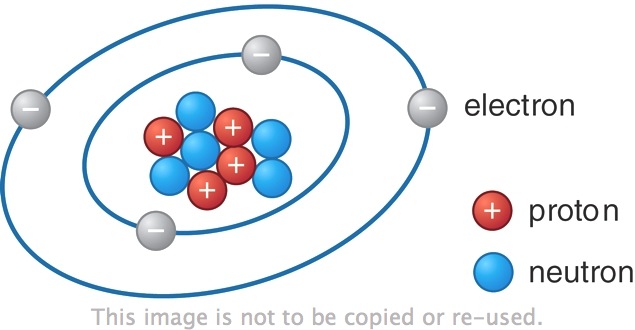Lightning occurs when a cloud becomes charged and an electric current passes between the cloud and Earth.
Static electric charges can build up on insulating materials. These charges can cause electric shocks or explosions.
You will find out:
> how insulating materials can become charged
> how charged objects can attract other objects
> that there are two types of electric charge
> about electron movement
Lightning occurs when a cloud becomes charged and an electric current passes between the cloud and Earth.
Static electric charges can build up on insulating materials. These charges can cause electric shocks or explosions.

FIGURE 1: Cloud to ground lightning striking a mountain peak. What causes lightning?
Metals are good electrical conductors. They allow electric charges to move through them.
Materials such as wood, glass and polythene are insulators. They do not allow electric charges to pass through them.
Charge can build up on an insulator. An insulator can be charged by friction.
If a polythene rod is charged by rubbing it with a duster it attracts small pieces of paper.
Other materials can be charged by friction:
> when a balloon is rubbed on a sweater it becomes charged and sticks to the wall
> when a plastic comb is used to comb hair both the comb and hair can become charged
> some types of dusting brushes are designed to become charged and attract dust.
There are two kinds of electric charge, positive and negative. When rubbed with a duster:
> acetate and Perspex become positively charged
> polythene becomes negatively charged.

FIGURE 2: A polythene rod becomes charged by friction and attracts discs of paper. Would a Perspex rod attract discs of paper if charged?
The floor tiles in an operating theatre are made of a conducting material because some anaesthetics are explosive.
1Which one of the following is not an insulator?
candle
wax
glass
iron
rubber
wood
2Explain why static charges do not build up on a conductor.
An atom is a small positively charged nucleus surrounded by negatively charged electrons. In a stable, neutral atom, there are the same numbers of positive and negative charges.
Electrostatic effects are caused by the transfer of negatively charged electrons.
The law of electric charge states that like charges repel and unlike charges attract.

FIGURE 3: The charges in a neutral atom balance. This atom has four electrons. How many protons does it have?

FIGURE 4: Like charges repel and unlike charges attract. What would happen if two Perspex rods were used?
Van de Graaff generator
A Van de Graaff generator collects electric charge on a metal dome.
> A person places their hands on the dome when it is uncharged.
> The dome is switched on and it and the person become charged.
> All the person’s hairs gain the same charge.
> Like charges repel, so the hairs move away from each other.

FIGURE 5: When the girl puts her hands on the Van de Graaff generator she becomes charged. Why does her hair stand on end?
3Copy and complete the table.

4A neutral carbon atom has six protons in its nucleus. How many electrons does it have?
When a polythene rod is rubbed with a duster electrons are transferred from the duster to the polythene, making the polythene rod negatively charged.
When an acetate rod is rubbed with a duster electrons are transferred from the acetate to the duster, leaving the acetate rod positively charged.
In general an object has:
> a negative charge due to an excess of electrons
> a positive charge due to a lack of electrons.
Atoms or molecules that have become charged are ions.

FIGURE 6: Why does the polythene rod become negatively charged when it is rubbed with a duster?
5A polythene rod is charged by rubbing it with a duster. What charge, if any, does the duster gain?
6What happens when a conductor becomes positively charged?
7What has happened to an atom if it becomes a positive ion?